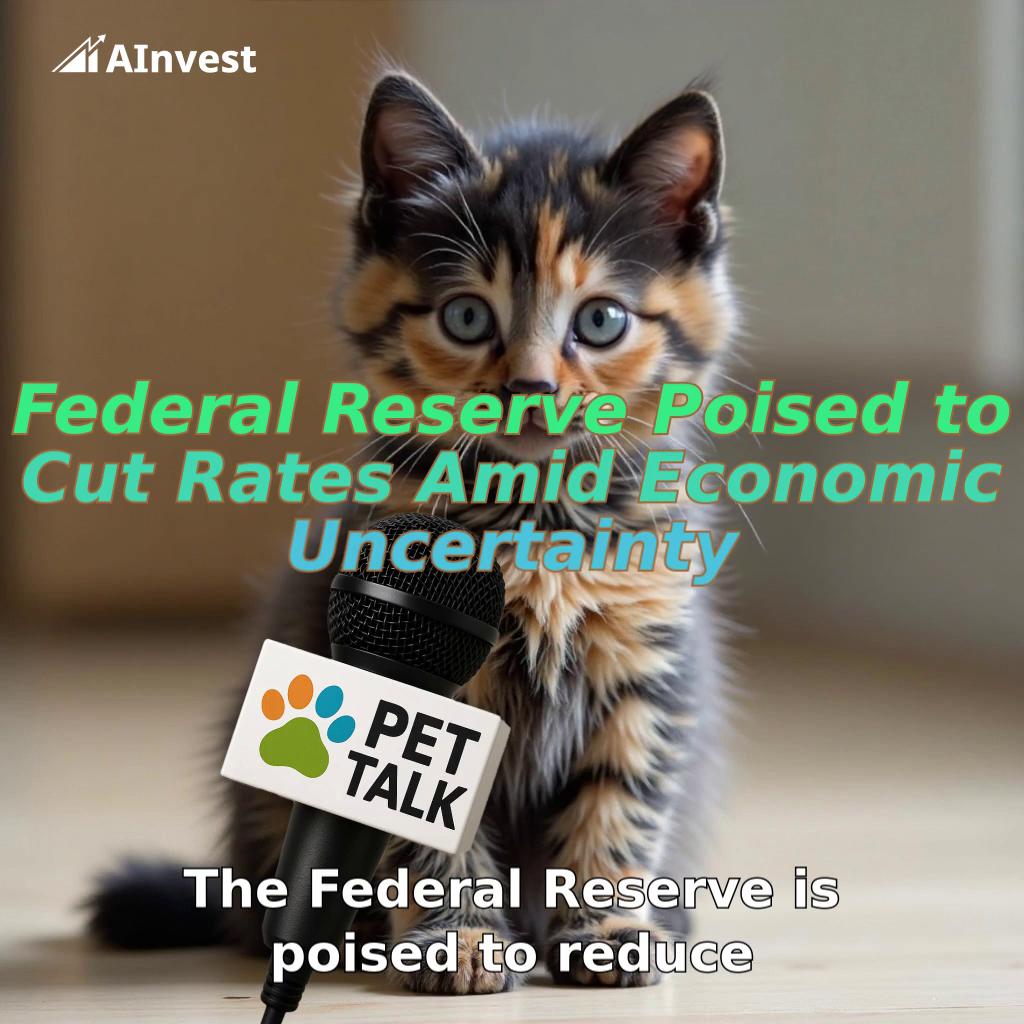Citi Moves June Rate Cut Prediction Amid Trade Uncertainty
Citi has adjusted its prediction for the Federal Reserve's next interest rate cut, now expecting it to occur in June instead of the previously anticipated May. This change in outlook comes as global economic uncertainty persists, primarily due to ongoing trade tensions and their potential effects on economic growth.
The revision in Citi's forecast mirrors a wider sentiment among market participants who are increasingly factoring in the likelihood of a rate cut in the near term. Analysts point to the current economic climate, marked by trade wars and decelerating growth, as necessitating adjustments in monetary policy to bolster the economy.
The Federal Reserve, led by Chair Jerome Powell, has already acknowledged the potential economic repercussions of new tariffs, which are expected to result in slower growth and higher inflation. This acknowledgment has intensified speculation about the timing and magnitude of future rate cuts.
Market participants are closely observing the Fed's actions, with many expecting the central bank to cut rates in response to economic pressures. The probability of a rate cut in June has been rising, with some analysts suggesting that the likelihood has increased to 75% from 60% in recent weeks. This shift in market sentiment underscores the growing consensus that monetary policy easing is necessary to mitigate the economic fallout from trade tensions.
The recent dovish stance of the European Central Bank has also contributed to expectations of further rate cuts. The central bank's shift in tone, which included a rate cut and a downgrade to its economic outlook, has paved the way for additional monetary policy adjustments in the coming months. This dovish pivot has been interpreted by investors as a signal that more rate cuts are likely, both in the Eurozone and potentially in the United States.
In summary, Citi's revised forecast for a June rate cut aligns with the broader market expectation that the Federal Reserve will need to implement monetary policy easing to support the economy amid trade-related uncertainties. The central bank's actions will be closely monitored as it navigates the complex economic landscape shaped by ongoing trade tensions and their potential impact on growth and inflation.











